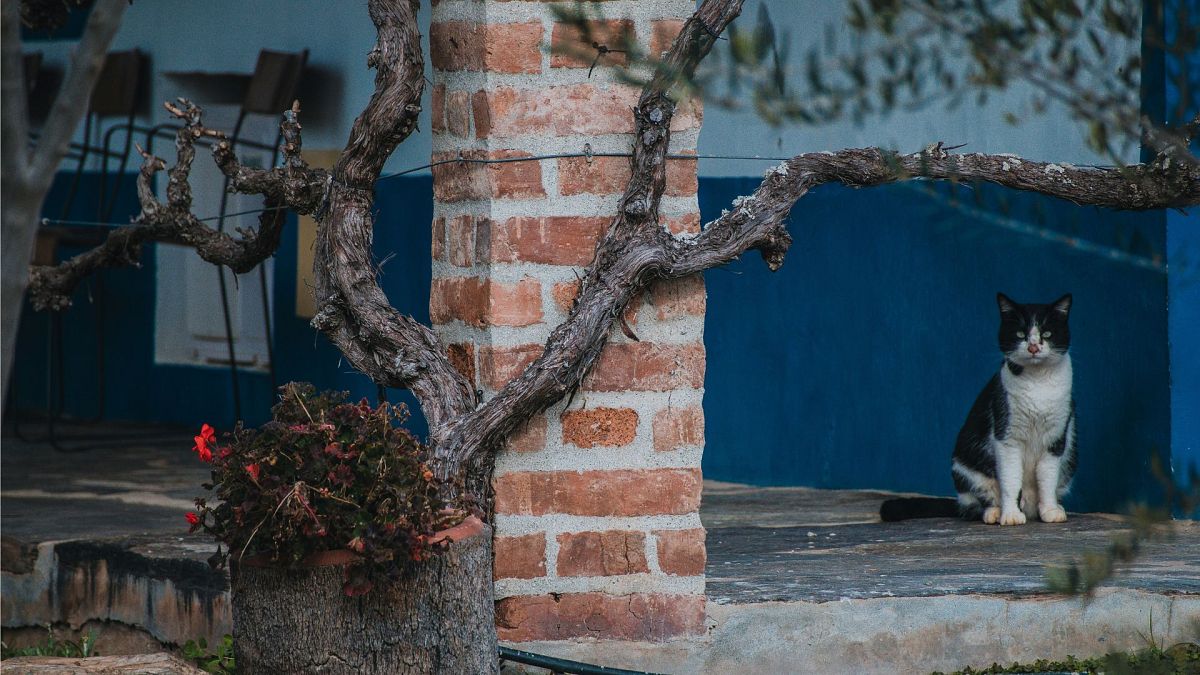World’s longest circular hiking trail to open in Europe this summer

Portugal’s tourist hotspots are overwhelmed with visitors. A new hiking trail aims to restore balance.
Plans are afoot to create the world’s longest circular hiking route, the 3,000 km Palmilhar Portugal (Walking Portugal).
Developed to encourage tourists off the beaten track and away from familiar (and oversubscribed) destinations such as Lisbon and the Algarve, the route will ultimately cross through 100 lesser-known beauty spots up, down and across the country.
Still a project in progress, the inaugural section of the loop will open in tiny Alenquer, just north of Lisbon, this July. The next section will be created in coastal Alentejo in the south of Portugal, followed by mountainous Trás-os-Montes in the north, with 15 routes expected to be open by the end of the year and the trail completed within three years.
Step off the beaten track in Portugal
The ‘360-degree’ route is the brainchild of walking enthusiast and communication design consultant Ricardo Bernardes, who hopes the loop will “redistribute tourism to parts of Portugal that are currently little known”.
Though it won’t be the world’s longest trail – that honour goes to Canada’s 24,000 km Great Trail – Palmilhar Portugal will be the world’s longest circular walk. It will be roughly the length of Europe’s Via Francigena (the ancient pilgrimage from Canterbury to Rome).
“The idea came to me when I was walking along a trail and wondered, what if this trail went round the whole country and returned to the same point without interruption?”, explains Bernardes.
There’s something for everyone along the route
Though it’s dubbed Walking Portugal, the €3.5 million project – which pledges to always be on public land, predominantly pedestrianised and without tarmac – will also be open to cyclists in some parts, and aims to include trails accessible to people with reduced mobility.
The trail will be complemented by an app offering current information about the next location along the route and opportunities to book accommodation, meals, and tickets to sporting and cultural events.
The full-service trail requires participation and investment from local councils and businesses so nothing is guaranteed, but a digital and physical ‘passport’, which can be stamped along the route, is also in the works.
What to expect from the first trails
Known locally as ‘crib town’, amphitheatre-shaped Alenquer, where Walking Portugal will open in July, is all about archaeology, palaeontology and history – with a side of wine tastings from the local vineyards. Its main tourist event, the Fair of the Ascension, is held in May or June each year.
Later in the year the route will extend to the rural and sparsely populated southern coastal region of Alentejo. Here, you’ll find 100 km of national parks protecting the unspoiled coastline, natural harbours, dolphin watching, wild horses and some of the world’s largest cork oak tree forests.
Joining the route later in 2024 is the remote Trás-os-Montes region in the northeast. The locally dubbed Hot Land area, which boasts a UNESCO World Heritage Site and a biosphere reserve, offers a pastoral welcome of olive groves, orchards and vineyards for thirsty walkers. Look out for carved granite pigs, ancient almond trees and hidden gorges.
Related
A New Book Argues That What Happens in Europe Doesn’t…
Remaking the World: European Distinctiveness and the Transformation of Politics, Culture, and the Economy by Jerrold Seigel “No issue in world
Poland plans military training for every adult male amid growing…
Poland’s prime minister, Donald Tusk, has said his government is working on a plan to prepare large-scale military training for every adult male in response t
2025 European Athletics Indoor Championships: Ditaji Kambundji secures women’s 60m…
Switzerland’s Ditaji Kambundji walked away from the 2025 European Athletics Indoor Championships in Apeldoorn on 7 March with much more than her first Europea
Takeaways from the EU’s landmark security summit after Trump said…
BRUSSELS (AP) — European Union leaders are trumpeting their endorsement of a plan to free up hundreds of billions of








